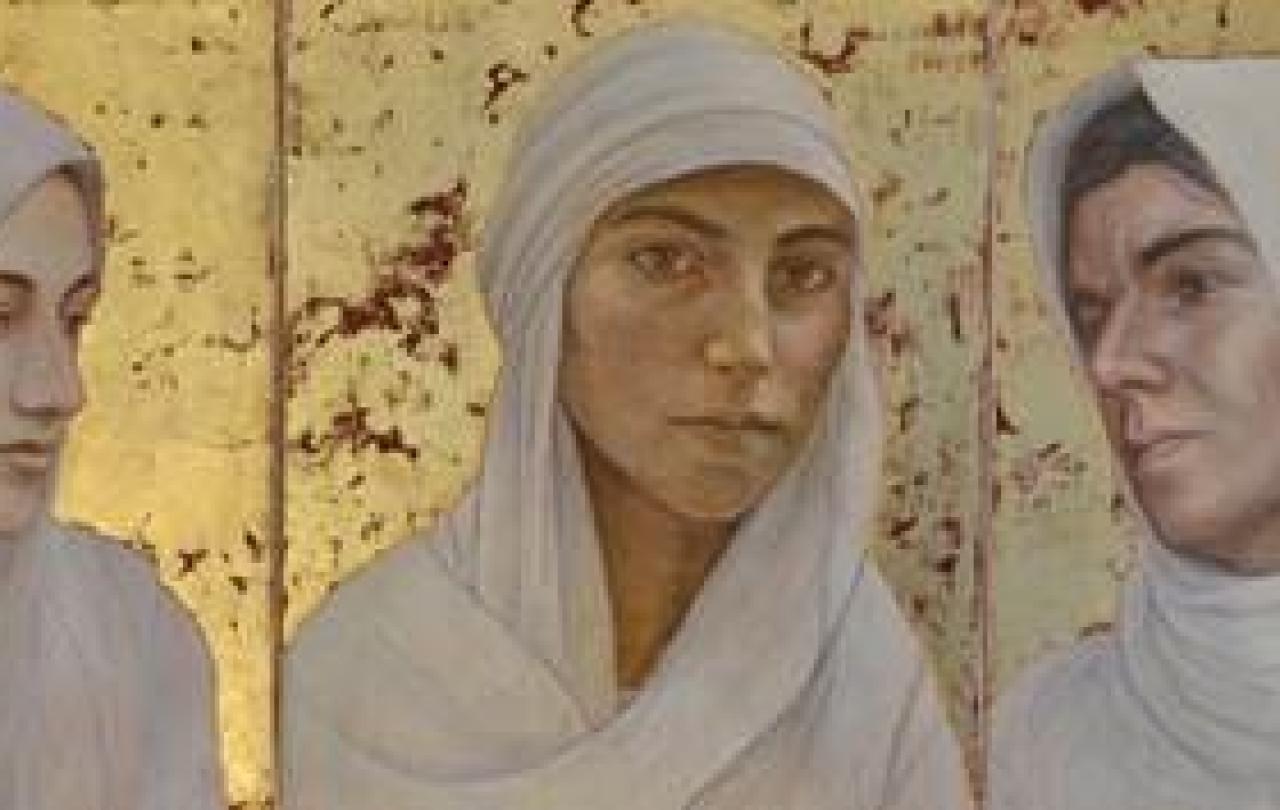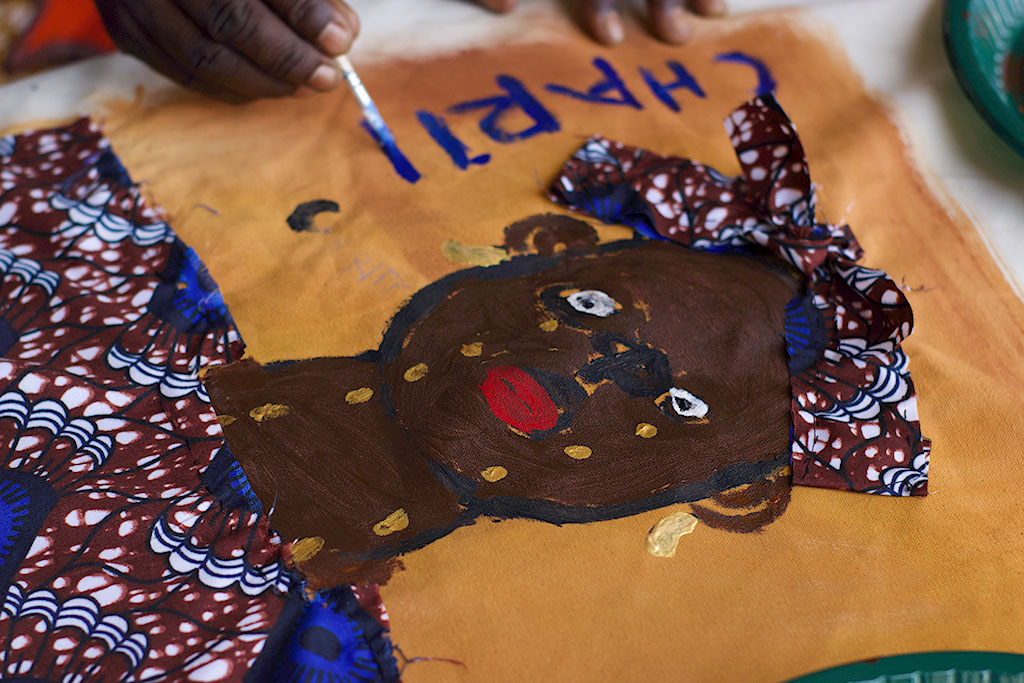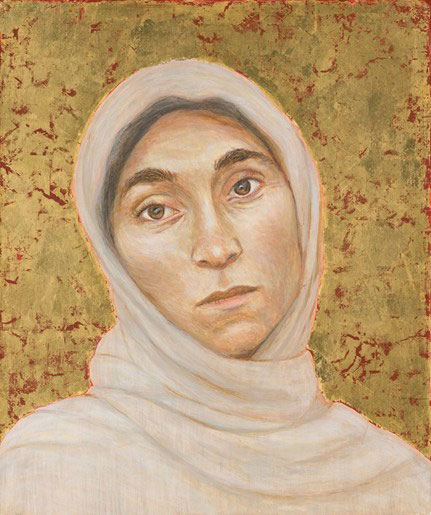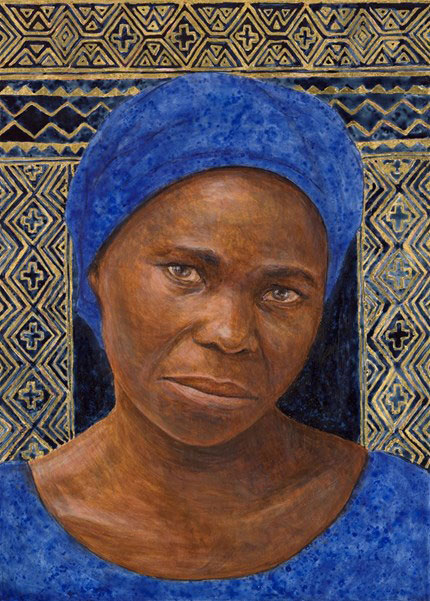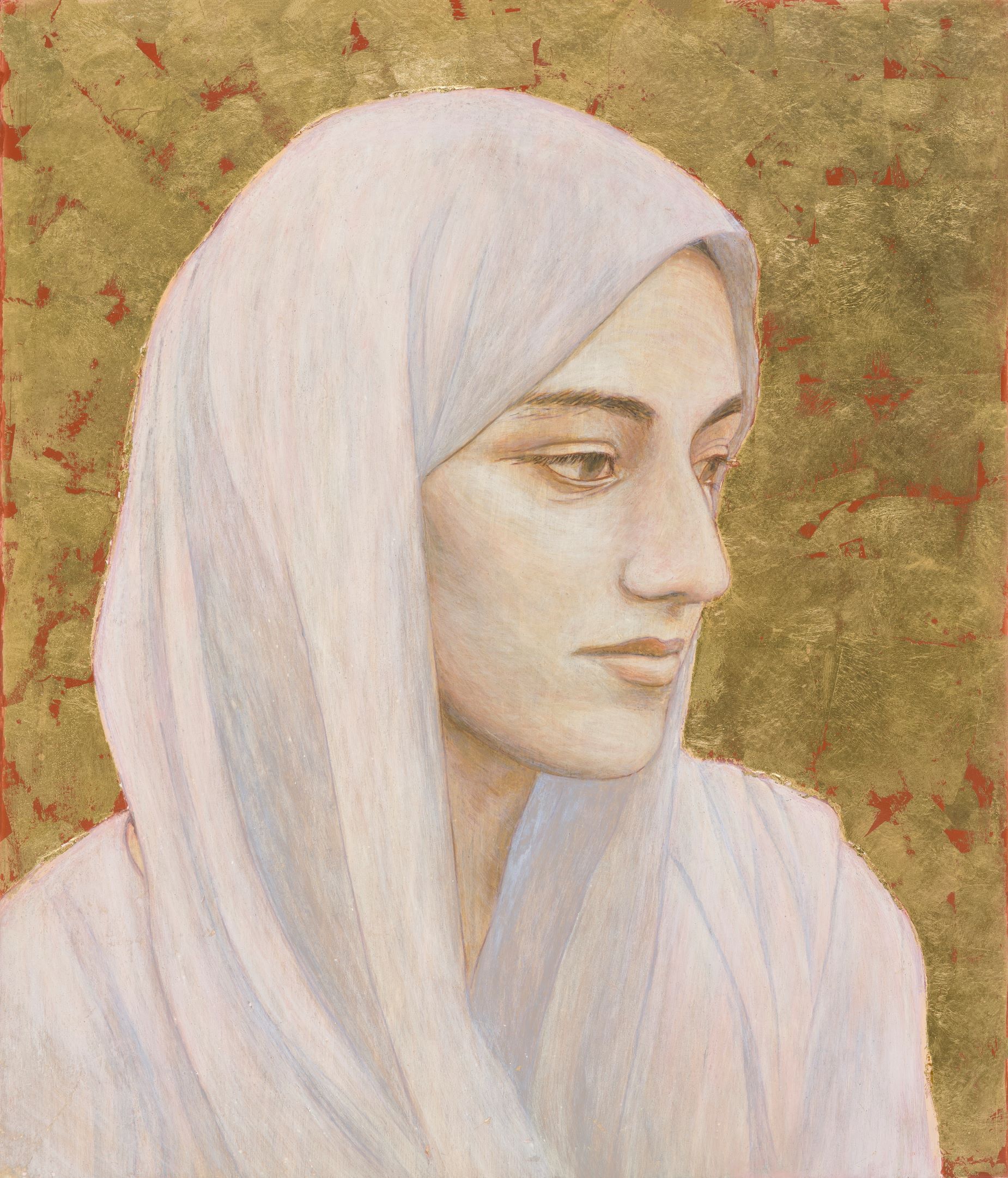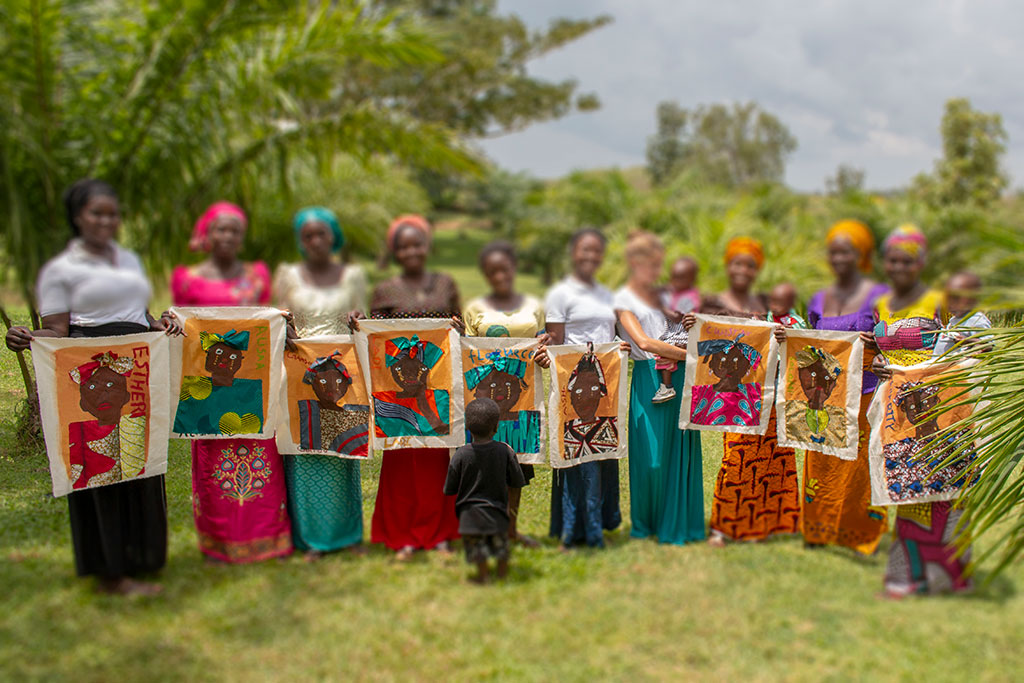
Thanks to the BBC radio show In Our Time, I’ve found a new pleasure in life. It is this: to learn about the enormity of outer space, and the absurdity of what goes on there, and to share what I find with anyone who’s interested. By ‘anyone’, I mean my wife. But now that Seen & Unseen have published this, I mean you too.
Or that mysterious cosmic rays from deep space regularly sail straight through the bodies of each of us, and scientists are baffled as to what might have created them? Did you know that a tiny, pale area of the night sky once named the ‘little smudge’, is now known to be the biggest thing anyone will ever see with the naked eye: the Andromeda galaxy? And did you know that the strength of gravity on Venus would crush you instantly? I could go on indefinitely.
The centrepiece of all this galactic trivia, however, is reserved for black holes. Almost everything about them fascinates, baffles and scares me.
Black holes are the remnants of dead stars that have collapsed in on themselves, creating a gravitational field so powerful that nothing – not even light – can escape. If you were to pass over its threshold, you’d be obliterated as you get pulled towards the black hole’s infinitely dense centre.
They get even stranger though. Inside them, astrophysicists say, the laws of physics break down completely. Time and space somehow swap places, they say. And even though anything pulled in by a black hole's gravity is crushed by unimaginable force, in some sense it may be preserved and – in theory – might end up elsewhere, in a new form. It is a death that might not in fact be the end of us.
There are many black holes – there’s one at the centre of our galaxy. But even though we can study them and develop scientific theories about them, we have not come close to grasping them in all their terrifying and monumental glory. What goes on inside them is, and perhaps always will be, an unfathomable mystery.
This is why I’d love to see them refracted through the eyes and hearts of poets and artists, philosophers and theologians. What might their strangeness tell us about their creation, their creator? What might they tell us about how to live our lives? And if gravity at its most intense can upturn the laws of science, bamboozle great minds, and maybe even turn death into new life, then might other forces of attraction that do not adhere to known laws of physics, like love, do the same?
Scenes from the Passion of Christ by Hans Memling.

In dwelling on questions like these, I have found this painting to be strangely helpful. It tells a love story that – in terms of its sheer intensity, its pull upon us, its utter strangeness, its death-defying endpoint – is not a bad match for a black hole. It’s called Scenes From The Passion Of Christ, it’s by the northern European painter Hans Memling, and when I first saw it I thought it looked silly.
Why cram onto one small canvas over twenty scenes from the final eight days of Jesus’s life on Earth? It’s like a cartoon strip without the white lines to divide up each scene. We see Jesus welcomed by a crowd, betrayed by Judas, denied by Peter, sentenced by Pilate, stripped by henchmen, humiliated by another crowd, crucified by soldiers, and buried by loved ones. We see him upending a table, praying for an escape route, sharing bread and wine, carrying a cross, emerging from the grave, and appearing to his followers.
It reduces the crucifixion to a few square millimetres at the top. It sidelines the heart of Jesus’ story – the resurrection – to the far right edge. It shrinks Jerusalem to a tiny labyrinth resembling an MC Escher painting. It is daytime and nighttime. It is disorientating. And it is claustrophobic. But I think it is also brilliant, and it’s made me look in a new way at the strangest of weeks in the story of the world.
By showing us so much convening at this moment in space and time, we sense how impossible it would have been for Jesus’s followers to compute anything that went on during that week. As each event unfolded, they would have had to rethink what might come next, whilst dealing with some pretty overwhelming emotions. They would have had no time or space to process any of it. It seems perfect, therefore, that in this painting, we don’t either.
But as I look at it now, I wonder: have we actually processed these events, two thousand years later? Do Christianity’s attempts to explain everything that went on here really do justice to a story in which divine love does some of the unfathomably strange things that a black hole does? Or do these explanations tell us more about our own way of thinking than they do God’s?
I think there is a tendency – which I see in myself and in most churches I have attended – to resist the weird, mysterious and inexplicable nature of this story. We draw heavily on logic and evidence to try and explain a story that defies both. But just as it is within the boundaries of a black hole, so it is within the frame of this painting: the old rules no longer apply. Divine love manifests itself in ways we cannot yet fathom. Pretending otherwise saps power from the story.
At the top right corner of the painting, there is a tiny dot on the seashore. It’s the last image of Jesus in this painting. And next to it, a church. Here, the baton is being handed over from Jesus to those who follow him. The church is now the ‘body of Christ’, tasked with embodying infinite love in a world that badly needs it.
What a daunting task. Frankly, it can be easier to believe in a bizarre series of events from two millennia ago, than in a church here and now, comprised of people as flawed as I am, that is meant to be capable of embodying a world-changing love.
And that is why I am so drawn to black holes, and to this painting. In them, I see that impossible things can and do happen; that unfathomable mysteries are littered throughout reality; that these mysteries are not so much problems to solve as they are wonders to revel in; that the narrow, rational mindset in which I too often dwell is small and limiting; and that an overwhelming force of attraction can and will overpower anything in its way.
Support Seen & Unseen
Since Spring 2023, our readers have enjoyed over 1,500 articles. All for free.
This is made possible through the generosity of our amazing community of supporters.
If you enjoy Seen & Unseen, would you consider making a gift towards our work?
Do so by joining Behind The Seen. Alongside other benefits, you’ll receive an extra fortnightly email from me sharing my reading and reflections on the ideas that are shaping our times.
Graham Tomlin
Editor-in-Chief





